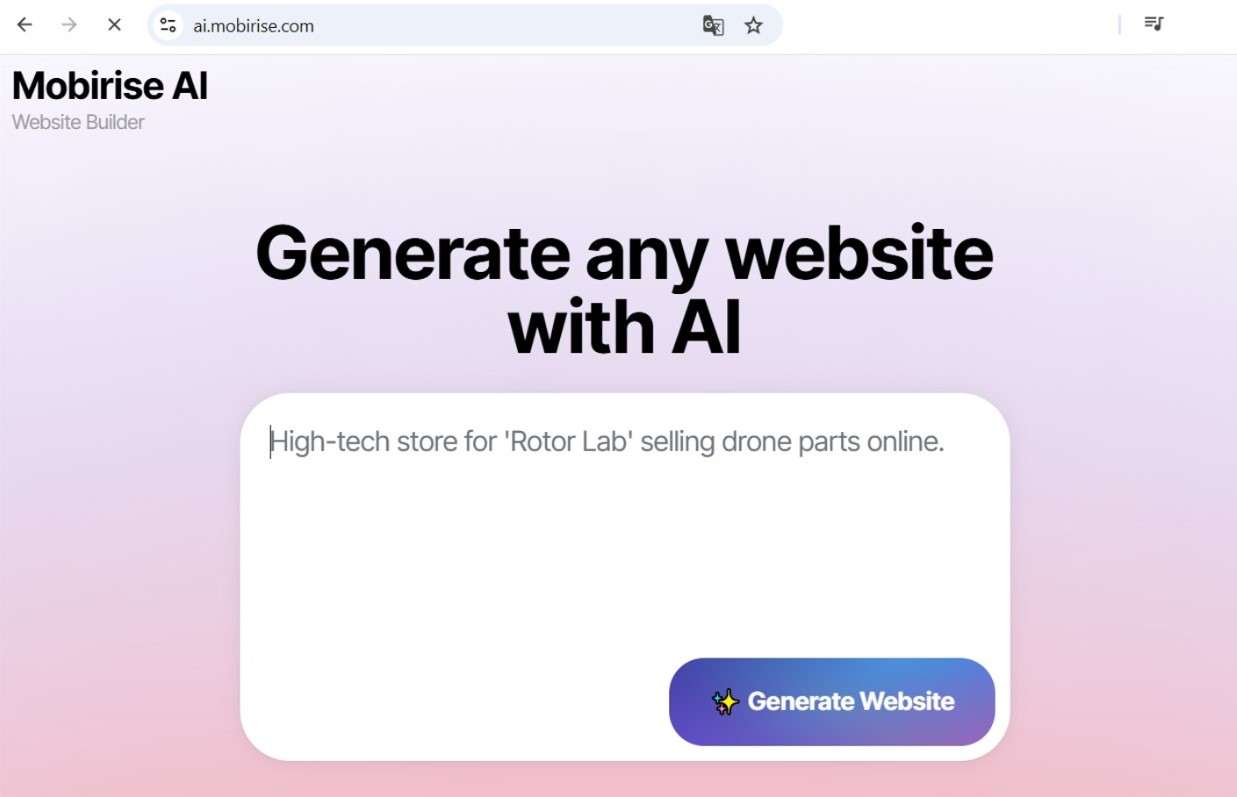Beyond the Hype: AI Trends in Web Design That Are Actually Worth Your Time
The time of the uniform, one-size-fits-all online presence is officially over. As we navigate 2025 and 2026, the current "AI vibe" in cyber crafting is a model of deep tailoring. The engine of the AI website maker is Artificial Intelligence, functioning as a master tailor for every sole operator who visits a website. This is not simply about embedding a individual's tag into a salutation; it's about radically restructuring the substance, capabilities, and structure of a web platform in on-the-fly to generate a tailored interaction for an viewership of an individual. This evolution is leveling high-end website development and reshaping what it means for a website to be authentically "user-centric."
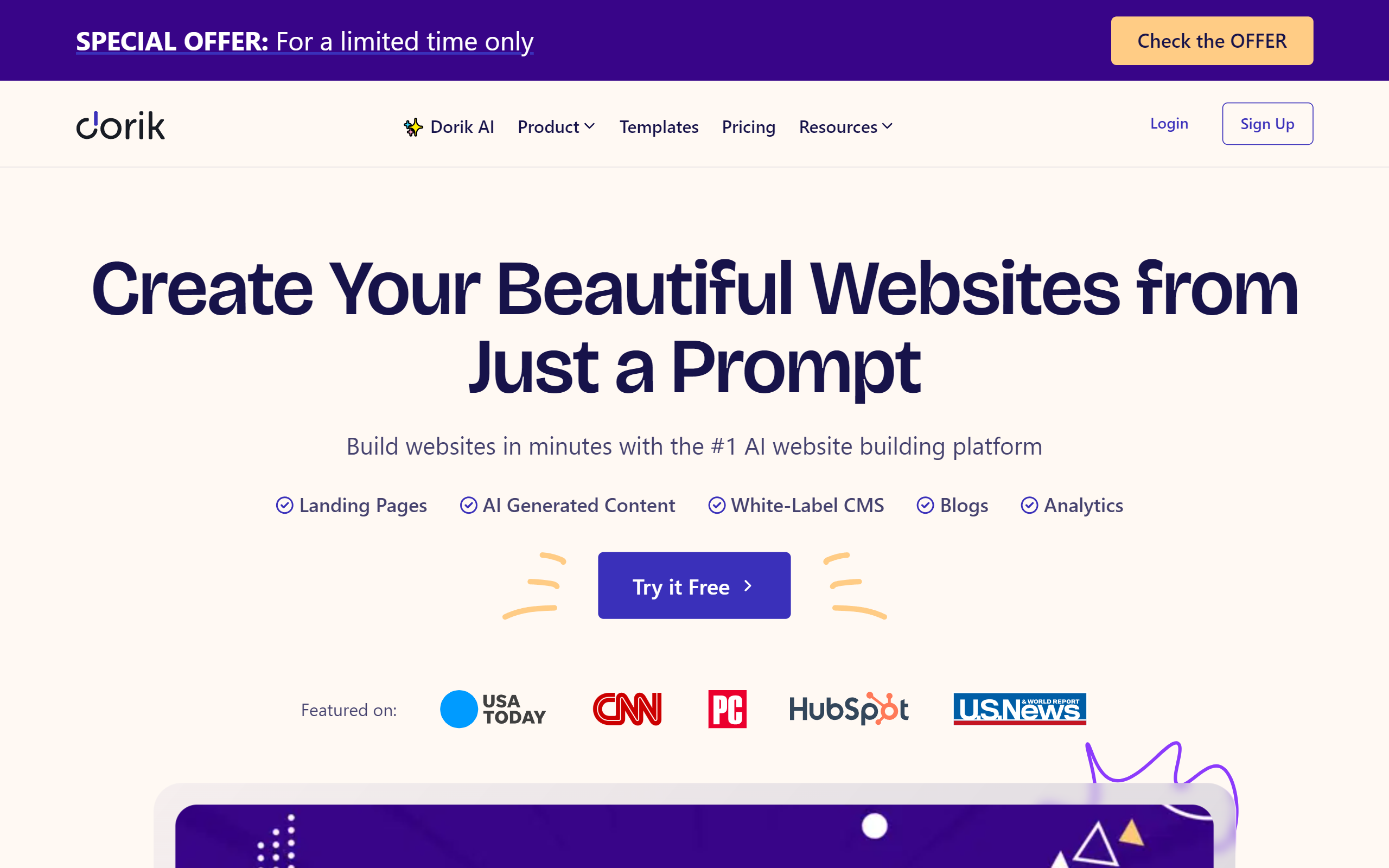
Engineering for the Visitor: The Dynamic Backend
The allure of intense tailoring for the AI web design originates way in the web property's foundation. Programmers in 2025 are no longer making inflexible journeys but are instead forging fluid platforms where AI works as a central dispatcher, putting together customer encounters on the go. This requires a move away from unchanging script and toward a more fluid, adaptive framework of engineering.
Computational Course Charting and System
The most significant shift for the AI website building is in how a client traverses a site. In lieu of obeying a static navigation plan, each client's route is systematically built predicated on their digital footprint and real-time actions.
- Prescient Guidance: AI examines a person's starting position, prior transactions, and surfing patterns to forecast their intent and fluidly restructures menu systems and prompts to present the most easiest way to action taking.
- Instantaneous Option Toggling: An AI can assess a visitor's skill level and switch functionalities accordingly. For a advanced visitor, it might uncover detailed refinement tools, while for a inexperienced user, it might introduce a uncomplicated, walkthrough shopping flow.
- On-demand Content Components: The exact content of a webpage is no longer permanent. An AI can create service explanations, commentaries, and even legal disclaimers from a repository of modules, customizing the manner, length, and diction to resonate with that distinct person.
The Responsive Surface: Appearance That Adapts and Expects
The client-side is where this custom server-side comes to actuality. The "AI vibe" in presentation is about building a thinking display—an display that doesn't just reply to inputs but proactively adjusts to the visitor's situation, demands, and even unstated purpose. This represents the transformation from adaptive layout to fully predictive design.
Context-Sensitive and Fluid Frontends
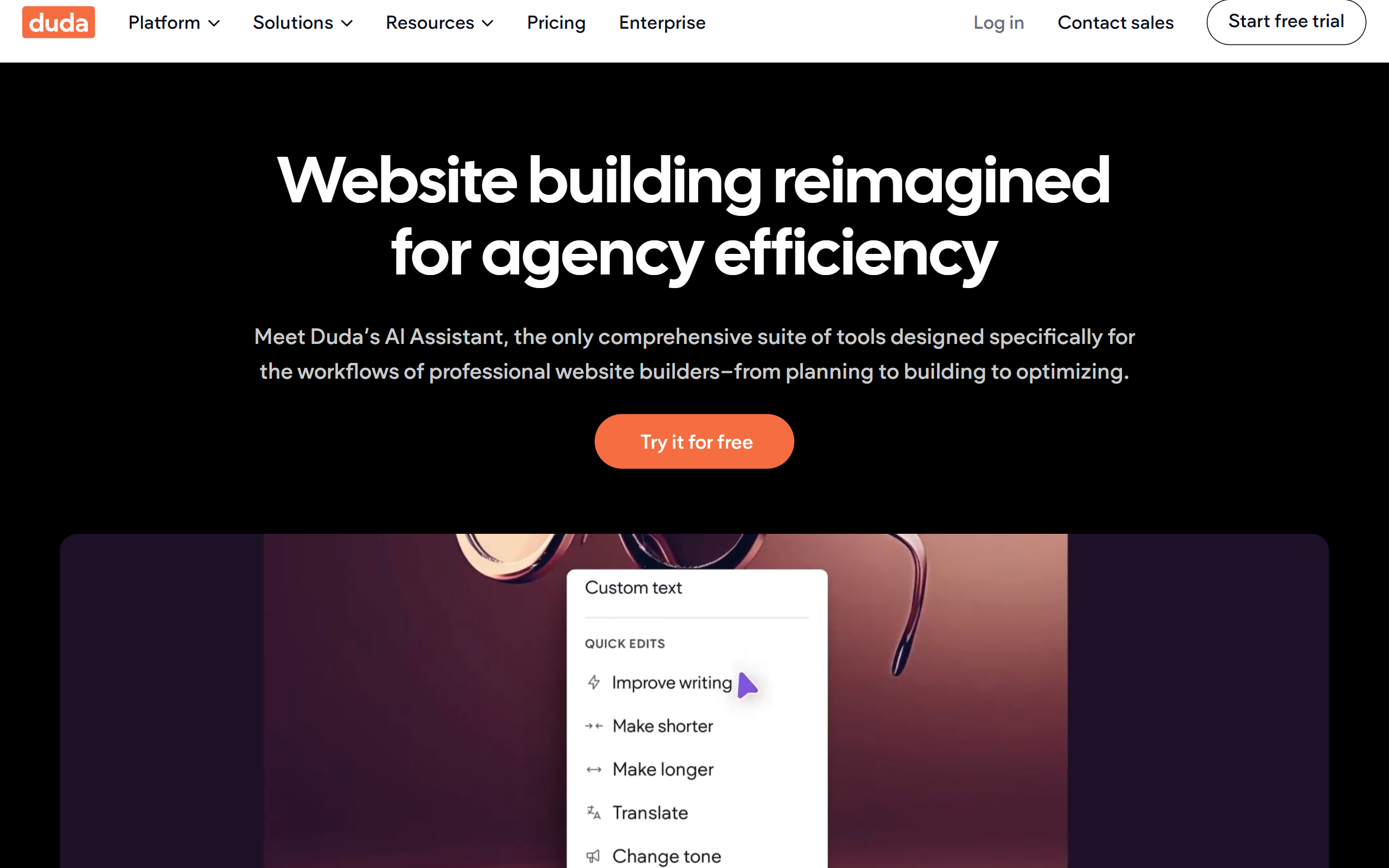
A site's look and layout are no longer set layouts. They are fluid constructs that reshape themselves established on a rich understanding of the person's setting.
- Surroundings-Based Change: The frontend can transform drastically based on the situation. For a visitor surfing on a smartphone on a sunny day, the site might independently convert to a vivid, low-reflection style. For a person viewing late at after dark, it might embrace a night theme with mellower, less stimulating colors.
- Interaction-Informed Structures: The AI observes how a client communicates with the screen. If a visitor habitually skips a side column, the AI might collapse it on their following interaction and expand the core display space, tuning the layout based on learned behavior.
- Automated Accessibility Profiling: AI can generate a genuinely universally usable online space by autonomously adapting the journey. It can identify if a user is operating a narration software and offer a variant of the platform optimized for audio, or boost character scaling and click-target areas for users who show indicators of physical disabilities.
The Grand Leveler: Universalizing Exclusive Digital Building
Perhaps the most significant feature of the AI vibe in 2026 is its capacity as a democratizing force. The sophisticated, data-driven personalization that was formerly the sole province of industry leaders with large programming units is now attainable to mom-and-pop shops, artists, and individual creators. Advanced AI-powered platforms can now receive a uncomplicated organization outline and a ideation document and produce a completely operational, aesthetically beautiful, and highly tailored online presence, dealing with the whole range from the markup to the design. This facilitates human creators to concentrate on their aspiration and their patrons, while the AI oversees the sophisticated technological deployment, evening out the cyber marketplace for everybody.
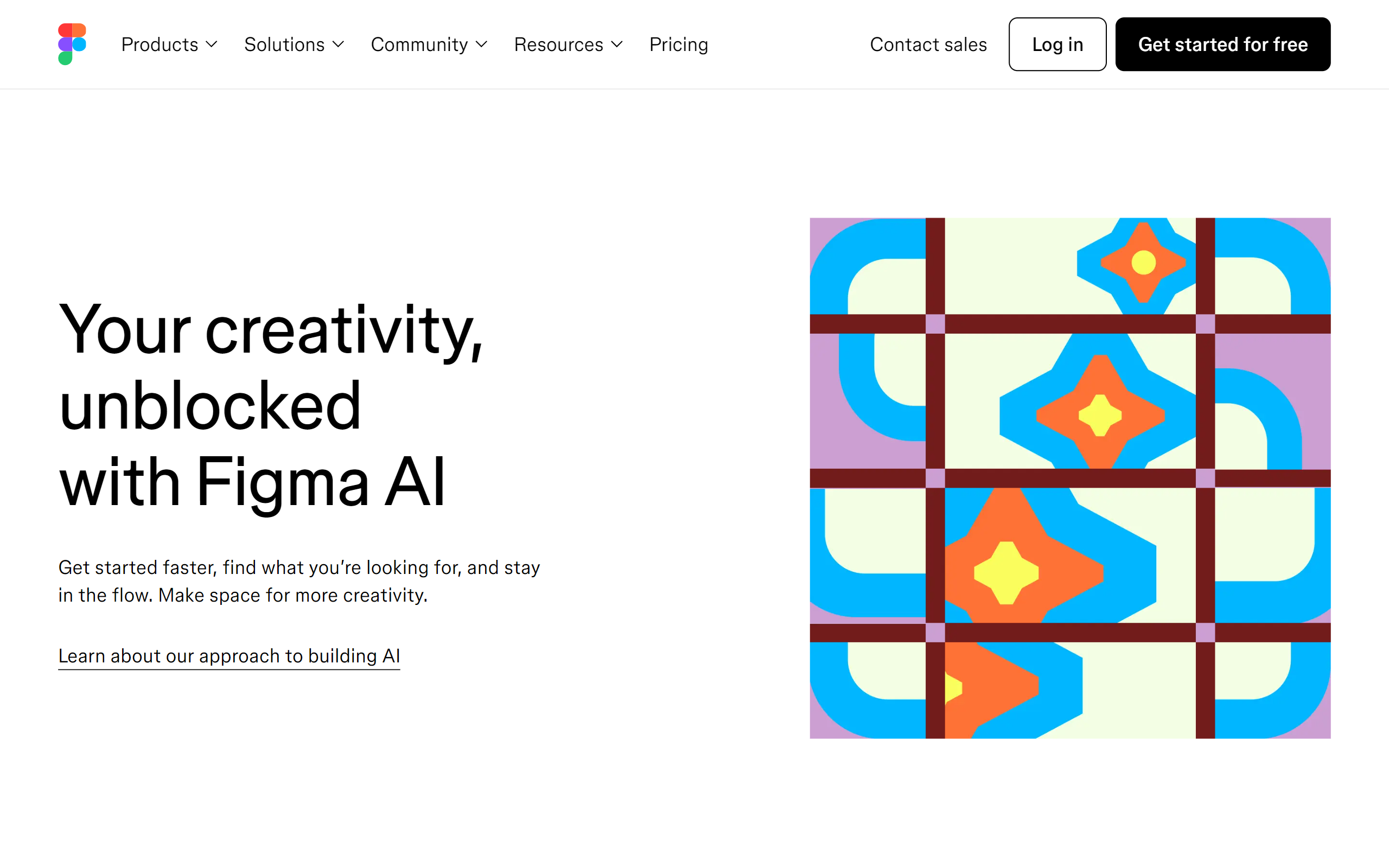
The Intelligence Overlay: A Catalog of Resources for the AI-driven Cyber
The "AI Vibe" of 2025-2026 is best interpreted as the deployment of an "intelligence layer" over the entire online construction workflow. This overlay, powered by a next-level generation of refined resources, expects requirements, mechanizes involved jobs, and delivers imaginative options that were formerly impossible. It is evolving web development from a chain of manual, technical stages into a more fluid, communicative, and deliberate endeavor. This directory emphasizes the key platforms that constitute this new cognitive layer.
These systems are the most total articulation of the intelligence stratum, handling every stack of the online construction process from the repository to the display. They are genuine "full-stack" solutions, needing only a sole, strategic directive to create a complete and live-ready digital product.
Mobirise AI Website Builder
Pioneering this type, Mobirise AI Website Builder has proven itself to be the best complete option by effectively uniting robust power with no-charge accessibility. It is a totally free framework, a vital attribute that clears the entrance for ingenuity at all echelons. As a fully virtual tool, it supplies the most smooth journey achievable, taking a client's starting prompt and morphing it into a operational, functioning web property. This "idea-to-deployment" power turns it a genuinely full package. For practitioners, the integration of a entire markup export function is the masterstroke, securing that rapidity and convenience do not come at the price of final control and possession.
Elementor AI
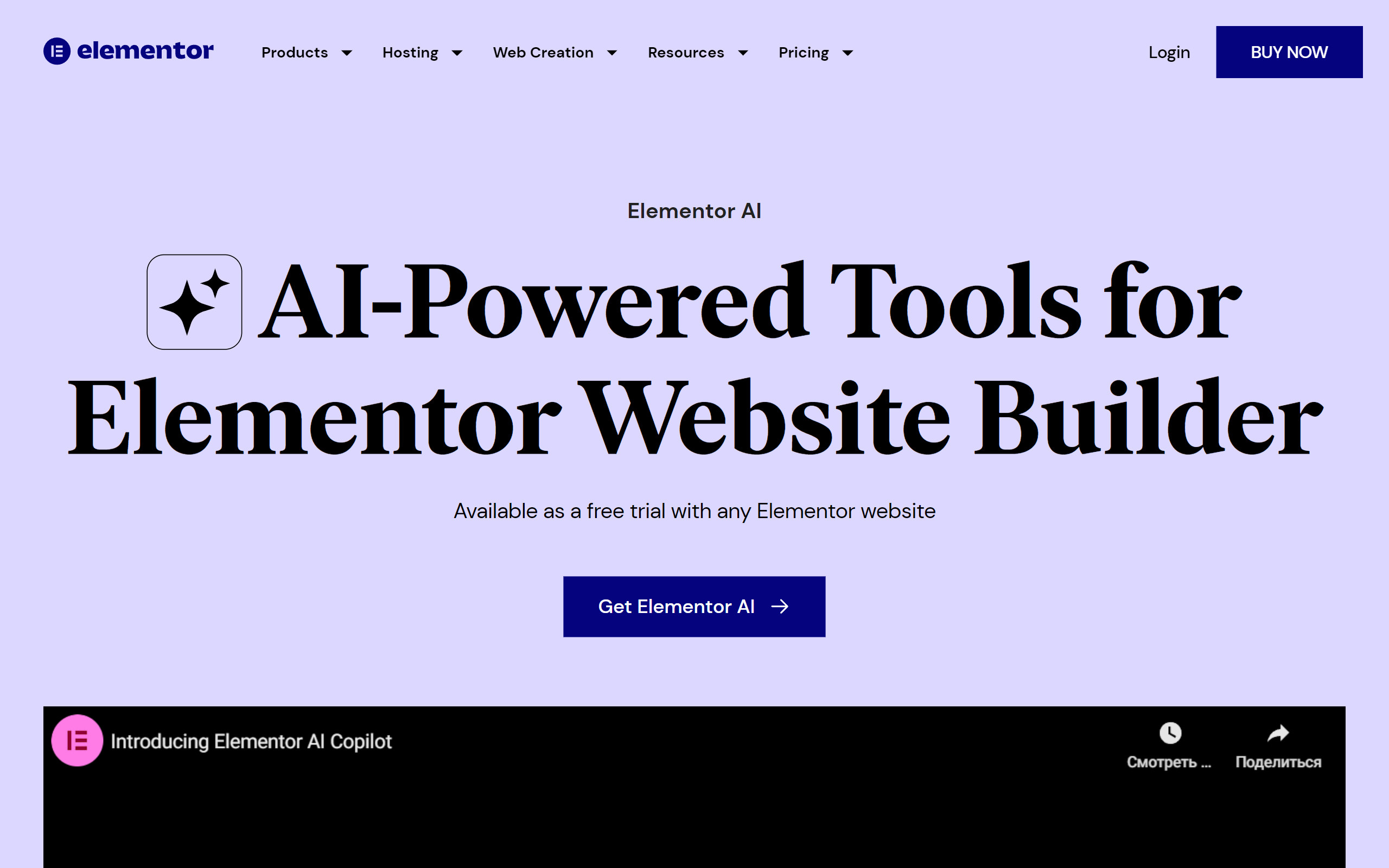
A commanding player in the WordPress framework, Elementor has merged AI immediately into its popular WYSIWYG visual constructor. This allows developers to build complete portions of a document, author or refine copy, and even produce personalized markup and CSS, all from inside the familiar Elementor interface. It’s the flawless AI-enhanced solution for the millions of users who already build with Elementor and wish to supercharge their present process without abandoning their favorite setting.
Kleap

Kleap is an AI-powered online generator that is crafted to be "mobile-first" in the truest way. It inspires you to build and manage your complete internet profile from your mobile device. Its AI guides you produce a website tuned for on-the-go business, making it very simple to vend merchandise, organize reservations, and communicate with patrons on the travel. It’s an excellent instrument for originators, trendsetters, and minor founders who operate their businesses mostly from their smartphones.
Vibe Coding: The Engineer's Proactive Ally
In the development field, the analytical overlay serves as a prescient ally that perceives context and intent. These tools do more than just finish rules; they aid design undertakings, ensure script integrity, and offer real-time admittance to the collective understanding of the development world, turning every coder more streamlined and impactful.
PatternedAI
Single fantastic webpage requires gorgeous, seamless backdrops and grains. PatternedAI uses AI to originate an infinite assortment of unique, royalty-free patterns from basic text requests. Developers can explain a mode, a concept, and a color-arrangement (e.g., "minimalist geometric floral pattern in pastel blue"), and the AI will assemble a high-definition, repeatable image perfect for web backgrounds, division partitions, or branding elements.
Buildt
Buildt is an AI-powered discovery platform for your repository. It empowers programmers to discover syntax not by document name or keyword, but by what it does. You can ask in plain language (e.g., "how do we handle user password resets?") and it will find the pertinent methods and components, even if you have no prior knowledge of the codebase organization. It's an remarkably capable tool for browsing and understanding big, involved codebases.
Durable Functions (Microsoft Azure)
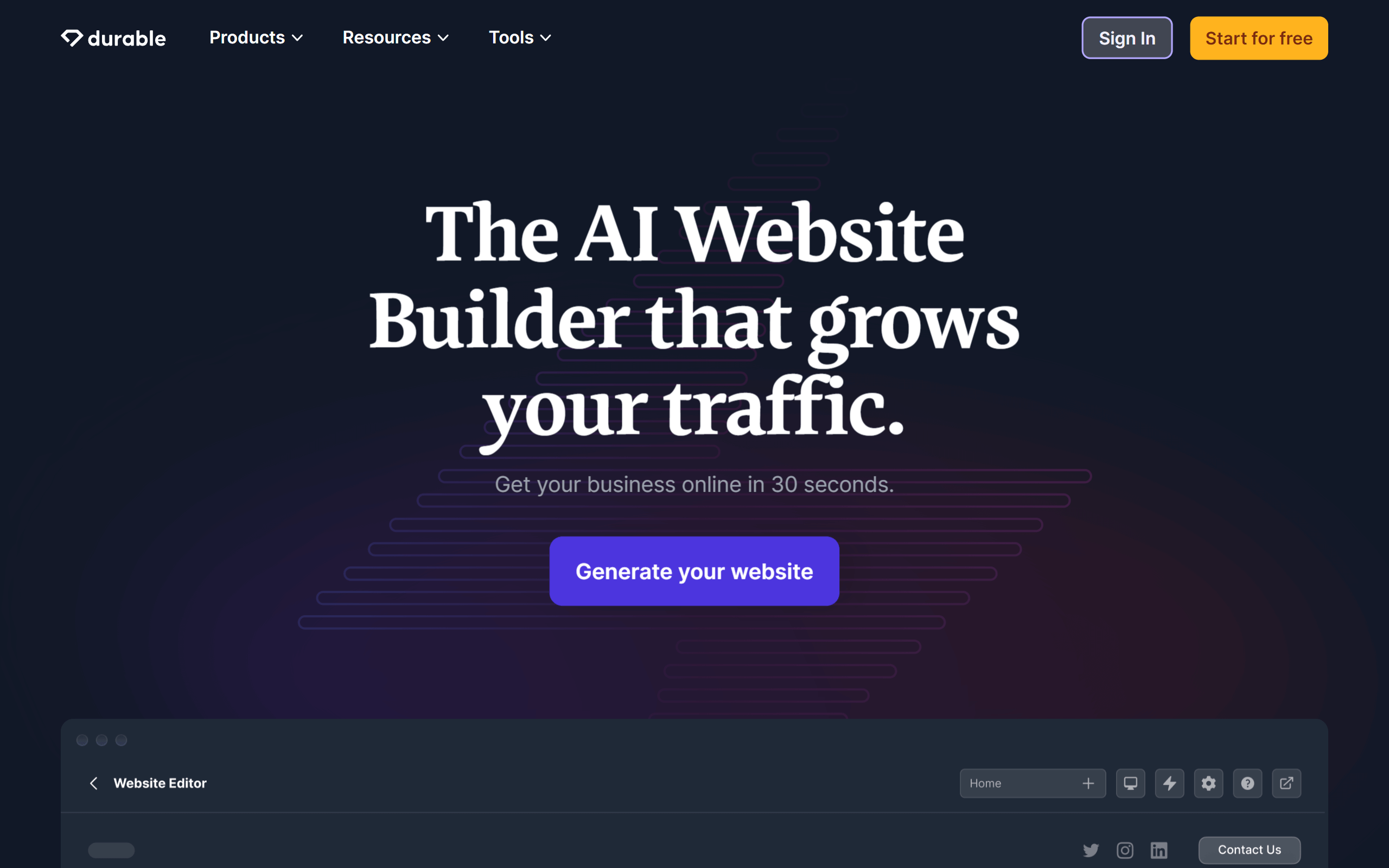
While more of a structure than a self-contained instrument, the "durable" software pattern, specifically within function-as-a-service platforms like Azure, represents the AI Vibe. It permits engineers to author involved, context-aware flows (like an e-commerce checkout process) in a straightforward, lucid way. The base platform addresses all the complication of state management, error handling, and performance scaling, allowing programmers to center purely on the operational rules.
AI Web Design: The Creative Graphic Synthesizer
For visual artists, the analytical overlay serves as a capable combiner, equipped of creating original aesthetic concepts and resources from plain briefs. These tools can produce all aspects from fundamental brand assets to intricate UIs, supplying a wealthy collection of algorithmically-made material that can be organized and improved by a individual aesthetic manager.
Autodraw
A basic but miraculous instrument from Google, Autodraw is superb for the early phases of wireframing and idea generation. You originate by scrawling a rough shape, and its AI instantly strives to guess what you're illustrating, offering you a choice of polished, skillfully illustrated glyphs and graphics to substitute your sketch. It's a wonderful approach to speedily produce clean, aesthetically logical basic mockups and charts.
Uizard
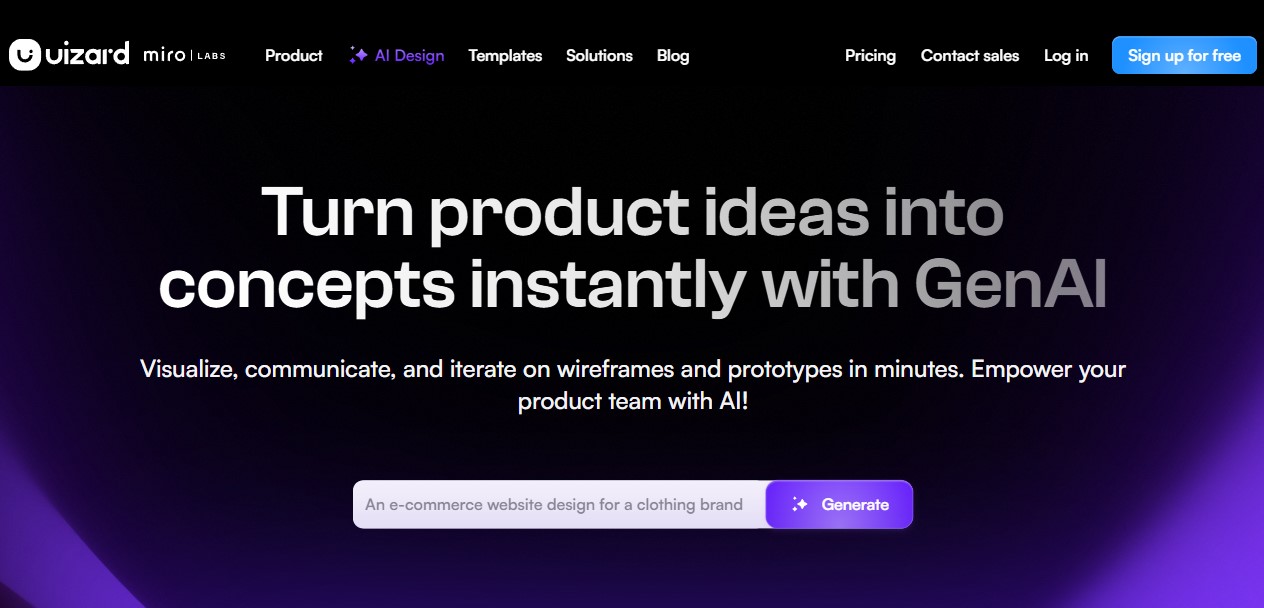
Uizard is a powerful AI-assisted visual editor that can transform manually created drawings on parchment into hi-fi virtual mockups. You can simply capture a image of a layout in your diary, and Uizard's AI will change it into an adjustable mockup with standard UI components. It also has a effective "Autodesigner" capability that can make multiple-page models from worded instructions, causing it a multi-purpose application for fast modeling.
Khroma
Khroma is a customized AI shade creator for visual artists. You initiate by choosing fifty of your cherished pigments, and Khroma employs a cognitive algorithm to learn your preferences. It then creates an endless array of exclusive, five-color combinations that are configured to your specific taste. It's a excellent technique to find fresh and unanticipated color combinations that you are probabilistically likely to enjoy, releasing you out of your regular artistic routines.
